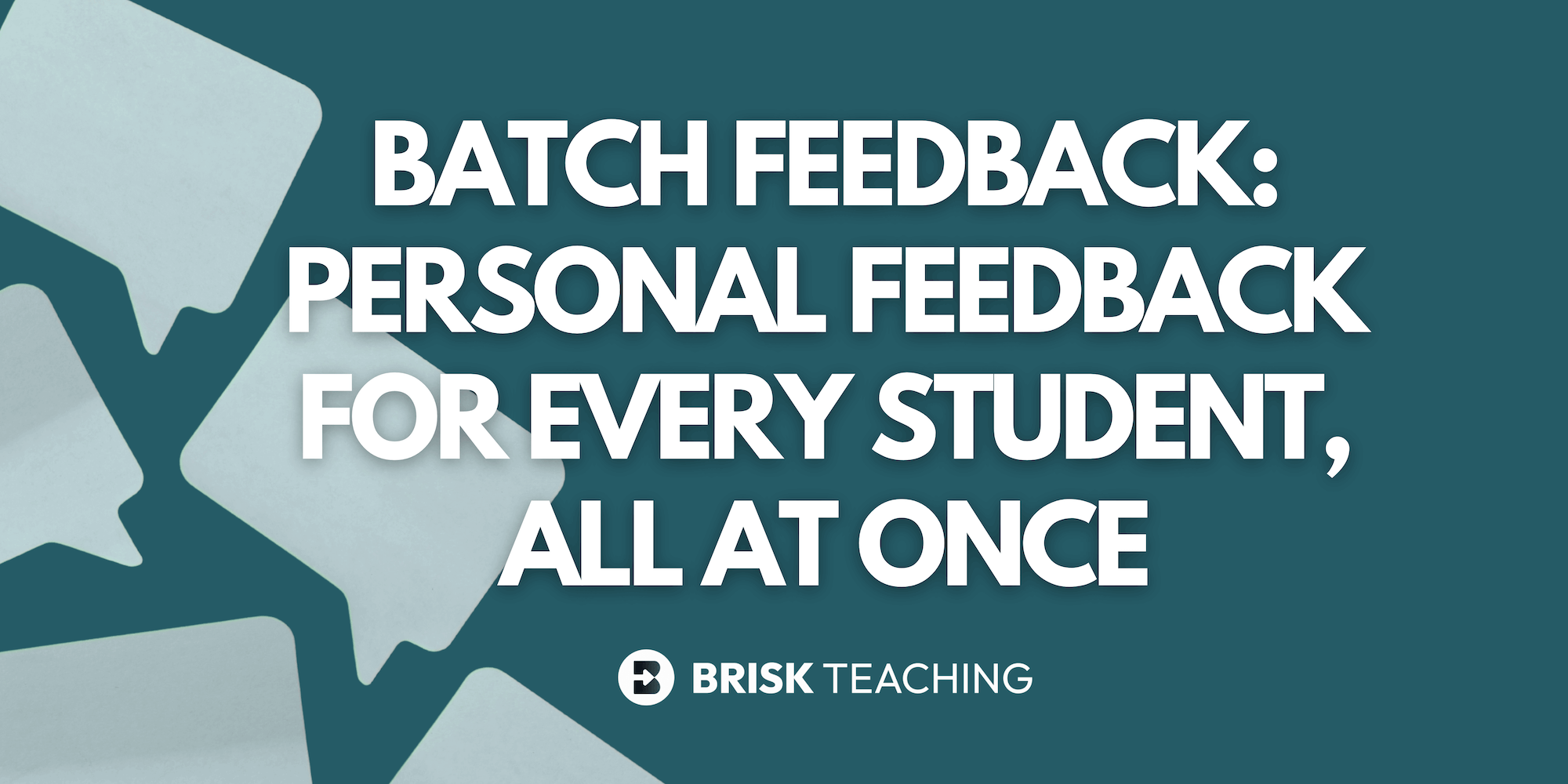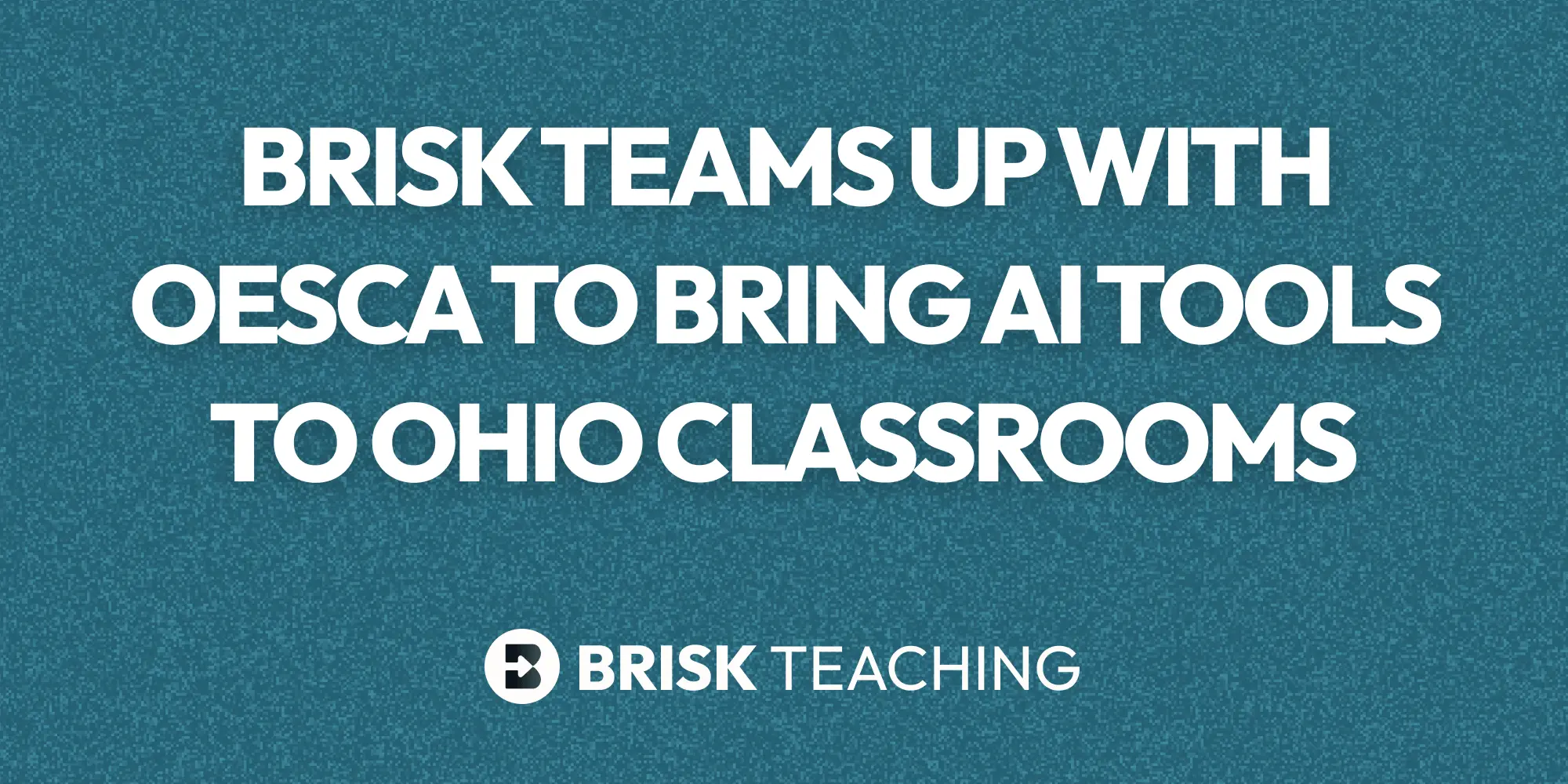Note this guidance reflects the current state of this technology at the date of writing. These models are advancing rapidly, and we’ll keep this article up to date as new developments emerge.
What is AI?
AI is a popular term that seems to be coming up more and more in day-to-day conversation. But what is it actually? According to ChatGPT, AI is:
AI, or Artificial Intelligence, refers to the simulation of human intelligence in machines that are programmed to think and act like humans. The term can also be applied to any machine that exhibits traits associated with a human mind, such as learning and problem-solving.
This is a good start, but, as we’ll discuss later in this guide, we’ll also cross-reference this definition with another source:
It is the science and engineering of making intelligent machines, especially intelligent computer programs. - What is Artificial Intelligence? - John McCarthy
While AI tools like ChatGPT that generate language have become very popular, AI is already a fundamental part of how we interact with technology and the internet. Assistants like Alexa and Siri use AI to understand commands, entertainment providers like Netflix and YouTube use AI to generate recommendations, and smartphone cameras use AI to identify faces and adjust lighting. The recent fascination with chat-based AI tools such as ChatGPT, Bard, and Claude is just one of many applications of AI.
How does ChatGPT work?
ChatGPT is what’s known as a Large Language Model (LLM). LLMs are “trained” on billions of pages of text from the internet. Because they are trained on such a huge amount of information, they’re able to create convincing responses to a wide variety of requests. These LLMs often have a chat interface, allowing users to type in questions and ideas as if they were chatting with another person.
The technical details of how these models are developed, trained, and fine-tuned is a very deep subject. For the purposes of this article, we’ll only cover this basic understanding of LLMs. The great thing about tools like ChatGPT, Claude, and other LLMs is that you don’t need to understand exactly how they work in order to use them effectively.
Strengths and weaknesses of AI
Probably more important than understanding how or why they work the way they do, it’s critical to understand the strengths and weaknesses of LLMs.
Weaknesses
Knowledge gaps - Although Large Language Models are trained on information from the internet, it’s important to understand that they are not hooked up directly to the internet by default. You can think of these systems as very sophisticated auto-complete. They write the most likely word to come next in the sentence, but they’re not pulling from a source for their knowledge. This means that 1) you shouldn’t use them the same way as Google search and 2) they generally have a cutoff date for their knowledge. Unless you’re working with ChatGPT Plus style plugins (the paid version of ChatGPT) that give the AI access to web search, you’ll need to provide significant additional context to the LLM in order to ask it questions about current events or books written in the last year or two.
- Tip: ask the AI to say “I don’t know” if it doesn’t know the answer to the question. While this isn’t foolproof, it encourages the AI to say “I don’t know” rather than answering your question with false information.
Incorrect information - LLMs are known to “hallucinate” meaning they can sometimes make things up! While they are great at writing authoritative, convincing-sounding language, the actual factual basis of that language has the chance to be fabricated. It’s important to verify or cross-reference information provided by an AI. In particular watch out for:
- Errors in writing math problems. LLMs aren’t designed to solve math equations. While this ability has improved with updates, it’s important to double-check math solutions in particular. More advanced models like ChatGPT 4 show significant improvements in math reasoning.
- Wrong book chapters. LLMs don’t flip through a copy of The Great Gatsby when you ask what happened in chapter 7. They may make up information about that chapter or cite events from different chapters in the book. If you want to use AI to create materials based on a book chapter, it’s a good idea to give the AI context on that specific chapter by using an existing summary or synopsis.
- Made-up sources. Don’t ask AI to write a research paper for you! AI isn’t able to reliably cite sources, papers, or texts. Even in cases where it correctly identifies a book or author, it may misrepresent or misquote content from the book.
Strengths
As a creative thought partner - Generative AI can suggest new ideas, offer feedback, and combat “blank page syndrome.” Think of AI tools as very fast, helpful assistants to stretch your thinking.
Here are some examples to get you started:
- Science: Ask AI to give you some analogies for explaining a tough Physics concept.
- ELA: Ask AI to come up with some activities related to a specific learning standard (make sure to provide the learning standard and description).
- History: Ask AI to develop a worksheet for a primary and secondary source analysis.
- Math: Ask AI to come up with challenging word problems to stretch your students’ thinking.
- World Language: Ask AI to come up with a Spanish vocabulary quiz about navigating the grocery store.
Generating quality material very quickly - LLMs can generate large amounts of text in the blink of an eye, taking a fraction of the time that a person would spend (especially a slow typer like yours truly). This technology opens up the possibility of differentiating material, creating new scaffolds, and offering formative feedback faster than ever before. At Brisk, we’re enthusiastic about the possibilities for AI to transform the way we support teachers and students.
AI Best Practices
Use the 80/20 rule - AI can do 80% of the work but make sure you do the final 20% to review for accuracy, personalize, and make the material relevant to your students. This is where your expertise and personality as the teacher in the classroom comes into play.
Be as specific as possible in your prompts - “Prompts” are what we call the instructions you give to an LLM. When writing prompts, use precise language formulated as complete sentences. You can even provide examples of the format or style you want from the final output. In general, you’ll get a much better response typing something like “Create an exemplar 12th-grade student response addressing the following prompt: discuss how the character of Sethe in Toni Morrison’s Beloved is influenced by her memories of slavery. How do these memories shape her actions and relationship with her children?” than something like, “Create a student response about Beloved.”
Check for accuracy before distributing material - We’ve already discussed this above, but it can’t be overstressed! Always review material generated by AI before assigning them to students. Taking this guidance to heart can also be a useful way of talking about critical thinking, checking multiple sources, and best research practices with students.
Stay curious! - Don’t expect material generated by AI to come out perfect. Like any skill, interacting with AI takes some amount of practice and patience. Keeping an open, exploratory mind can help make this an engaging experience rather than a frustrating one.
Ethical Considerations of Using AI
Privacy - Never put sensitive information or student data into AI systems.
Bias - AI models are a reflection of the data that they are trained on. It’s important to recognize that a large swath of the internet is created by an English-speaking, American audience. This kind of subtle cultural bias can influence the way that these LLMs respond to certain prompts. However, it’s possible to overcome these biases. Try specifically asking AI models to pull from examples across the globe, include a particular viewpoint, or expand the worldview of the material.
Final thoughts
Like any new technology, AI evokes a mix of fear, opportunity, anxiety, and excitement. We believe that this tool provides incredible benefit to teachers and students. As powerful as this tool is, AI will never replace teachers. The role of a teacher goes far beyond transmitting knowledge or presenting material. Emotional connection, motivation, cultural context, and so much more go into the teaching profession, and all of those qualities are uniquely human.
We’ve already heard from thousands of teachers who’ve used Brisk Teaching's AI tool to get their weekends back and rediscover the joy in their teaching practice. You can check out how we’re putting all of these learnings into practice in our Free Chrome Extension. Use Brisk to generate formative feedback, create dozens of different types of curricula, and change the reading level of texts.
.webp)
.webp)






